Africa: Cheetah Chronicles—Tales of Speed, Survival, and Family Bonds in the Wild!
By Vivienne Gunning
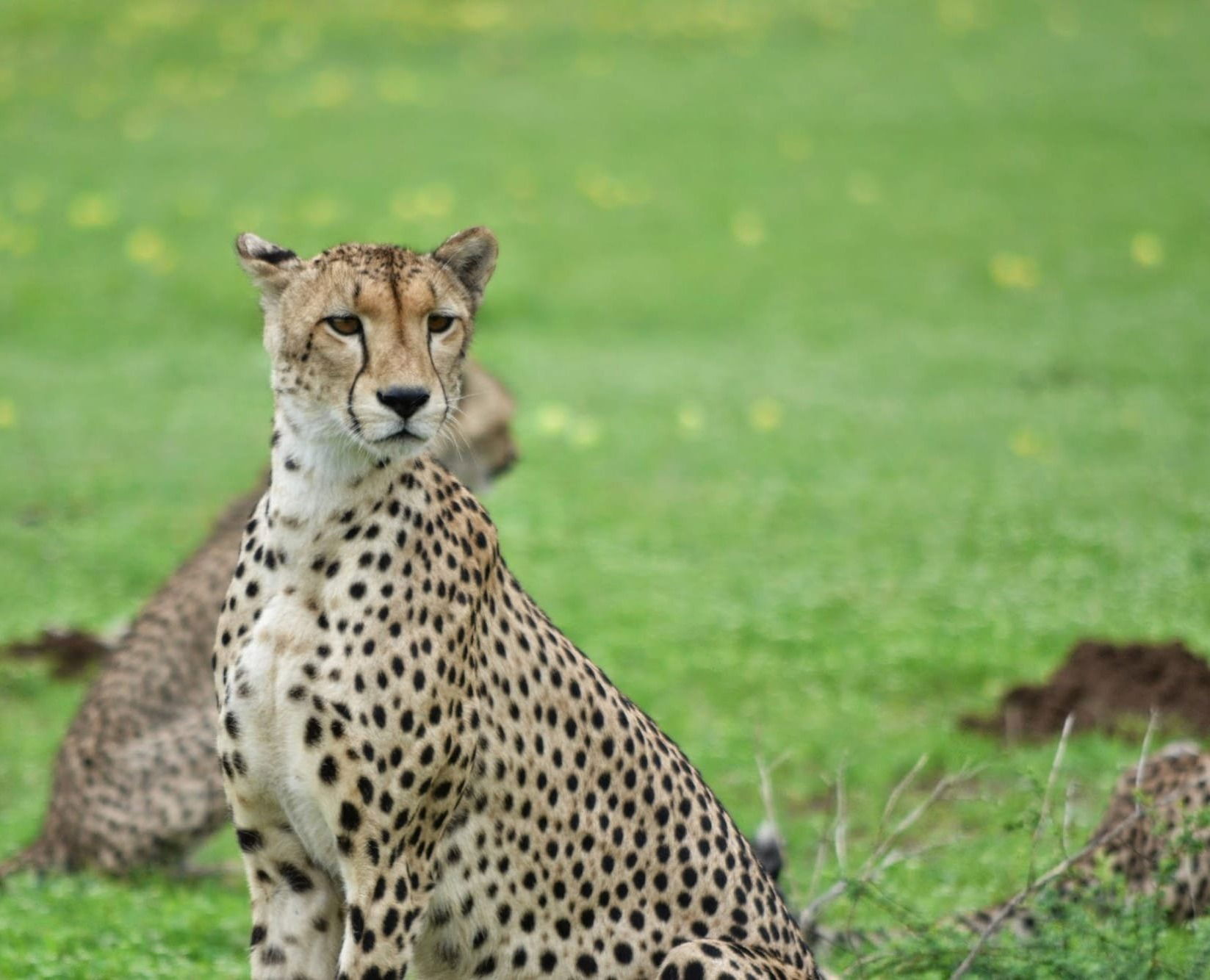
After our deep dive into the secretive world of leopards, let us now turn our eyes to another spotted marvel — the cheetah. Solitary, swift, and strangely tender, these elegant cats are the speed demons of the wild! Let us unpack a few of their secrets.
🐾 Spots or Rosettes?
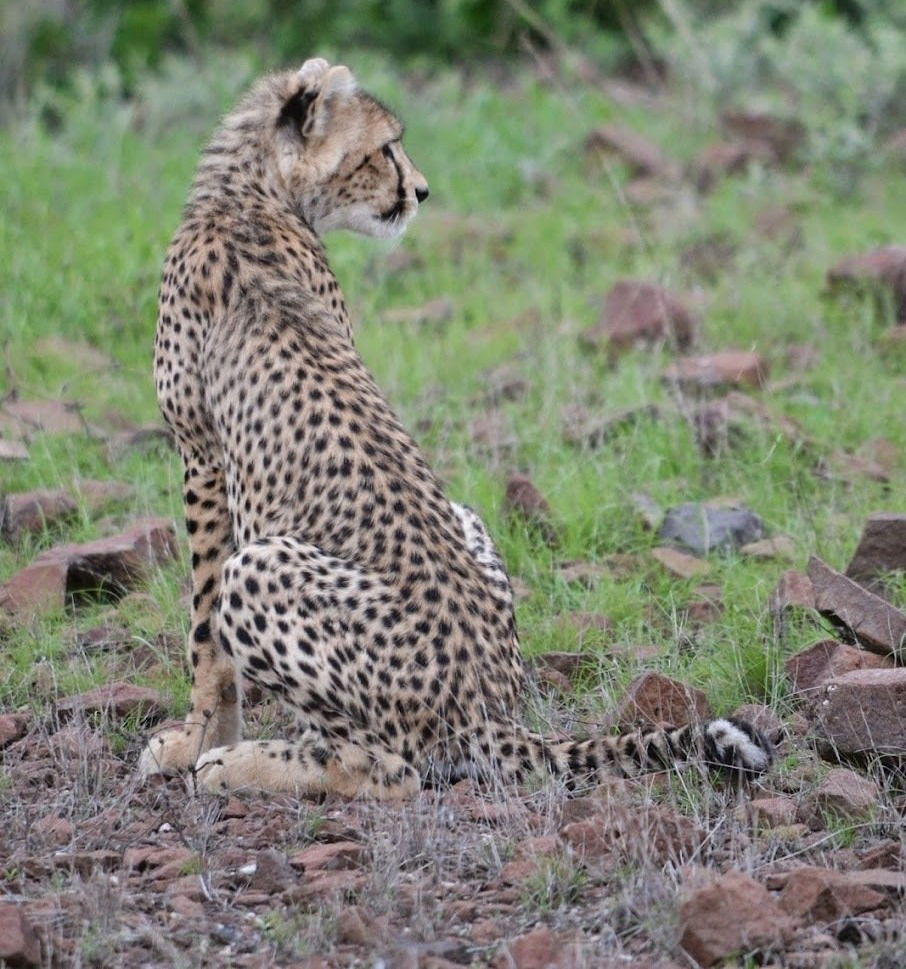
First things first — how do you tell a cheetah from a leopard? Simple: a cheetah has solid black spots — A leopard, on the other hand, has rosettes — little black clusters of spots arranged like wildflower petals.Their bodies also give them away.

Cheetahs are built like runners — slender, with long legs, a small head, and large back paws for propulsion. Leopards are brawnier, with strong front legs and big heads, built for dragging prey up trees.Oh, and those black tear tracks on a cheetah’s face? They are not just for looks. They act like natural sunglasses, cutting glare during daytime hunts. Stylish and functional.
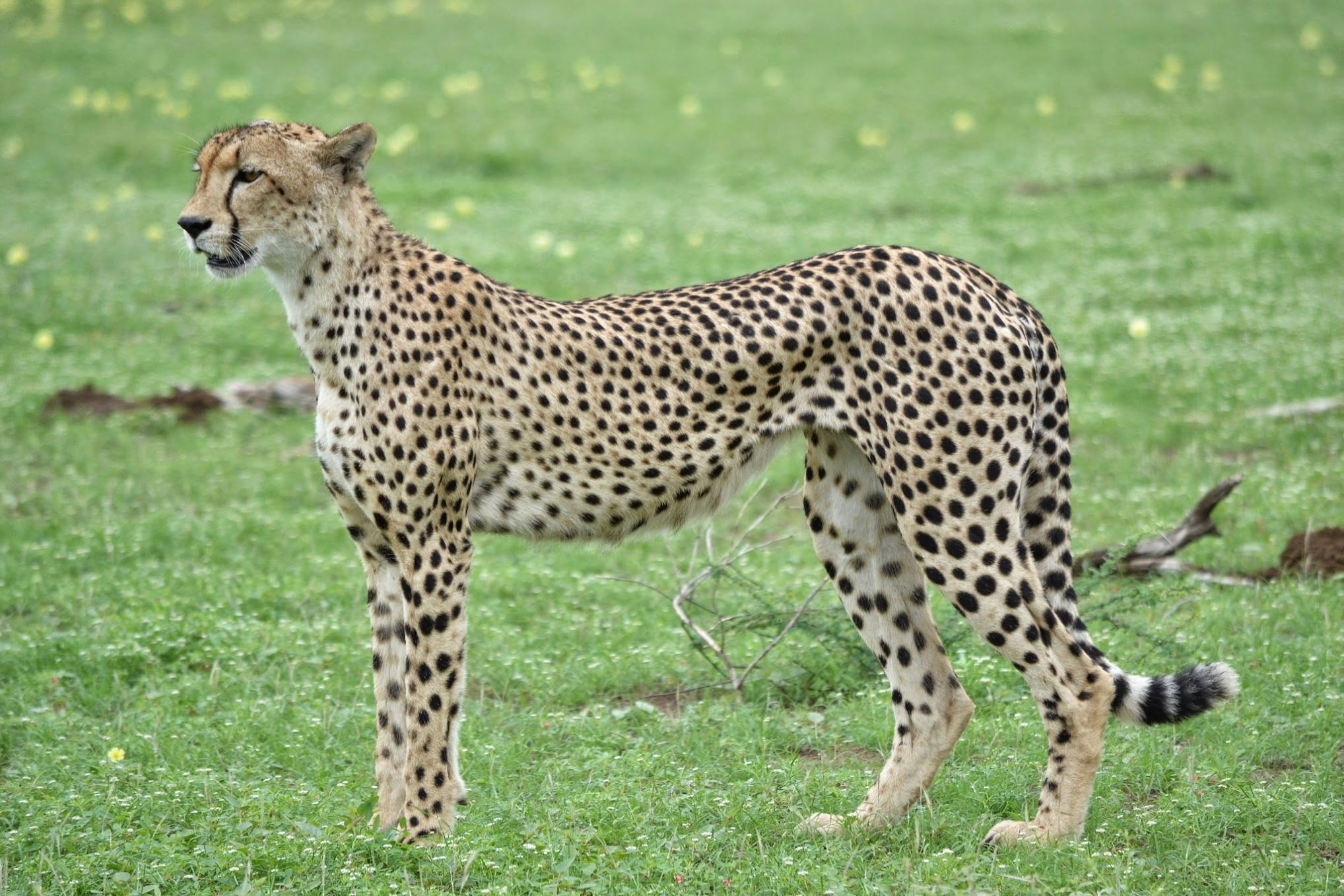
They Need Space — Lots of It
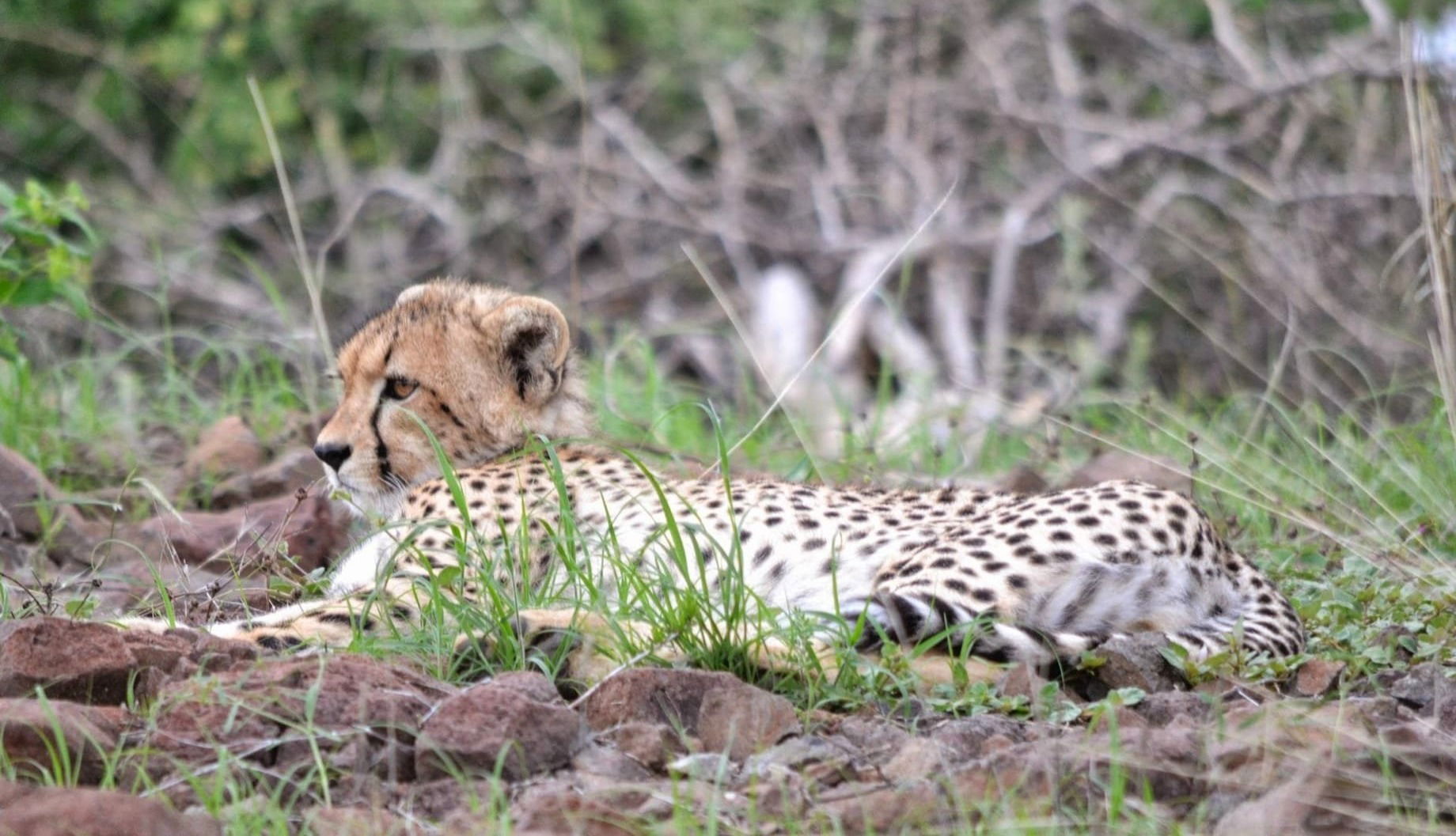
Cheetahs are nomads. They do not stay in one place too long, and they need wide, open terrain to reach full speed — we are talking grasslands, floodplains, scrubland. They will avoid confrontation with other predators whenever they can.You may find leopards and cheetahs overlapping in territory, but they use their space differently. Leopards melt into shadows. Male leopards forms strong “partnerships” …or not.
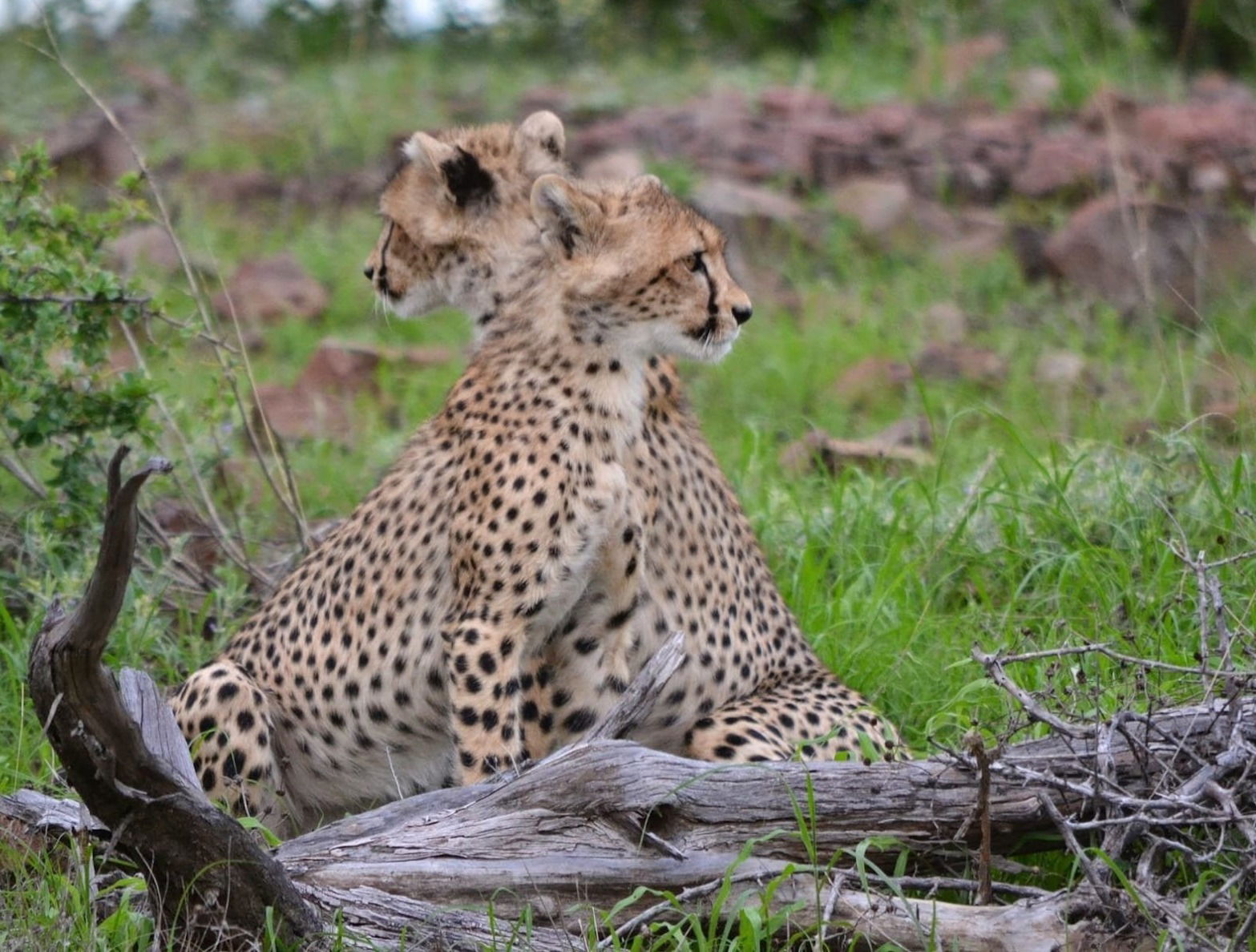
Cheetahs run where the sun hits hardest. Brotherhoods and Brief Romances.
A World Shrinking Around Them
While most cheetahs live alone, male siblings often form coalitions — loyal alliances that patrol together, hunt together, and even nap piled up in the shade. It is a beautiful, almost tender brotherhood.Unrelated males usually go it alone. They explore, avoid trouble, and claim space where they can. A male might hang around a female after mating for a bit longer than welcome — but do not expect a lifelong romance.
As wild prey thins out and fences carve through natural ranges; cheetahs are pushed into dangerous territory — literally.They start turning to livestock. Not because they want to, but because hunger leaves no room for preference. Cows, goats, and sheep are easier targets when springbok and other prey are scarce and safe hunting grounds are gone.That is when things go south. Many famers — already on edge — see a cheetah, not a starving one, but a threat to their livelihood. And many cheetahs do not survive that encounter.It's not just natural predators they’re up against. It’s habitat loss, human conflict, and the silent threat of being misunderstood.
The Hunt: Blink and You will Miss It
Picture this: our sleek cheetah flattens low into the grass, inching closer, muscles coiled like springs. Then, in a flash — she is off. Reaching up to 120 km/h (75 mph) in seconds. That’s faster than your Wi-Fi on a good day.She swipes the prey’s legs, knocks it off balance, and clamps the neck with a quick, lethal bite. But here is the thing — this high-speed pursuit is exhausting. She is panting, tired, and exposed. And half the time? The prey gets away.
Cubs, Caution, and Supermoms
Now this part always gets me. Cheetah mothers are incredible.They eat cautiously, always watching. They move constantly to stay ahead of danger. And when it is time to teach the cubs to hunt, they do not just demo — they bring back small, live antelopes so the cubs can practice. It is raw, real, and heartbreaking. Every moment is a lesson. Every nap comes with one eye open.Males and single females eat fast and do not worry much. But a mother with cubs? She is a machine of instinct, patience, and protection.
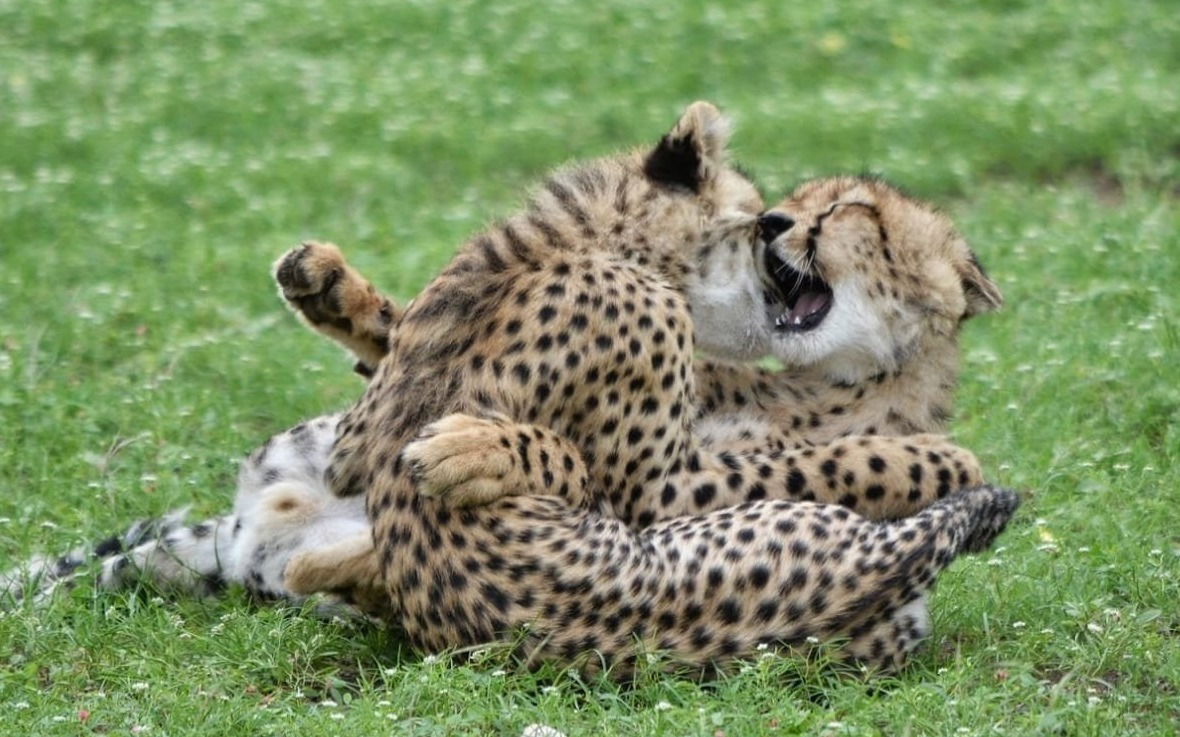
Quick Facts for the Curious
- Species: Acinonyx jubatus
- Five subspecies exist
- Lifespan: Females can live up to 14 years; males about 10
- Size: 1–1.5 m long, 76 cm at the shoulder
- Claws: Non-retractable — like built-in spikes for grip!
- Top speed: 95–120 km/h
- Diet: Thomson’s gazelles, impala, hares, birds
- Enemies: Lions, leopards, hyenas, jackals, vultures — and humans… Yes, they are beautiful. But they re also vulnerable. Fast, but fragile. Born to run, but constantly on edge.Next time you see a cheetah — tail twitching, eyes watching, always alert, still as the grass around her — know this: behind the elegance lies a story of struggle, strategy, and survival.
And somehow… still grace.Nature’s wild.
Keep on adventuring.
Vivienne